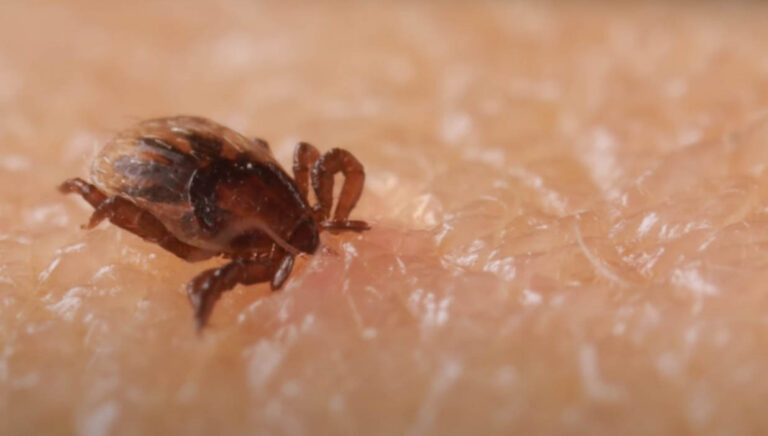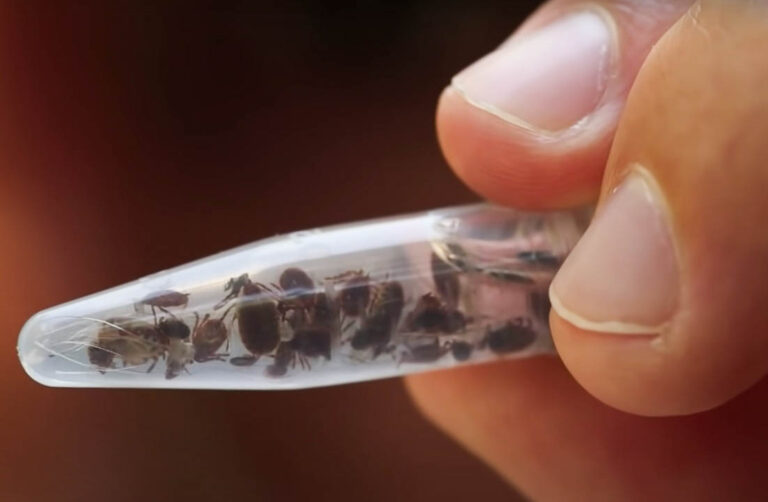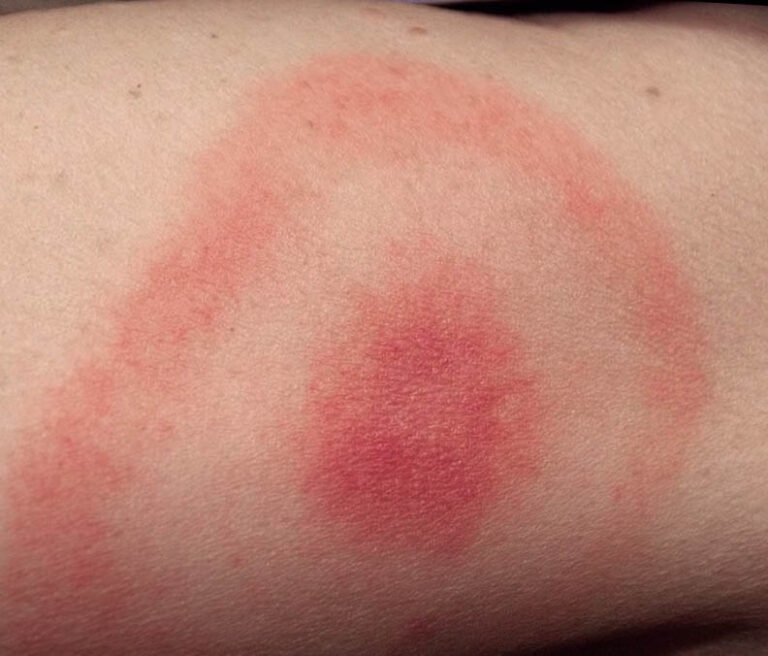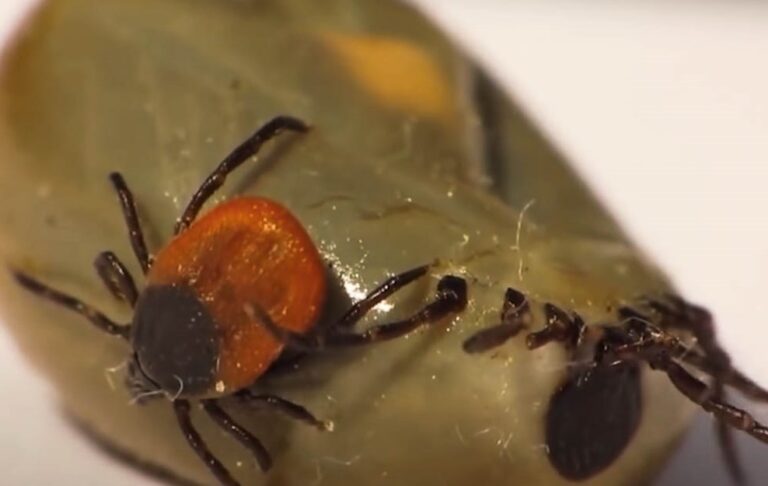Ticks and Lyme Disease
Ticks and Lyme Disease
Ticks are blood-sucking parasites that attach to the skin of their hosts and take blood meals. As they take blood meals, they pick up pathogens of different diseases. When the pathogen matures enough to be transmitted, the ticks transmit them to another host as they feed. One of the commonest diseases which ticks transmit is Lyme disease. In this article, we consider the role ticks play in the transmission of Lyme disease.
What causes Lyme disease?
Lyme disease is a bacterial disease caused by pathogens belonging to the Borrelia genus. The species that transmit the diseases include Borrelia burgdorferi, Borrelia garinii, Borrelia mayonii, and Borrelia afzelii.
Borrelia burgdorferi and Borrelia mayonii are the pathogens of Lyme disease in the US. Borrelia afzelii and Borrelia garinii are the common pathogens of the diseases in Asia and Europe.
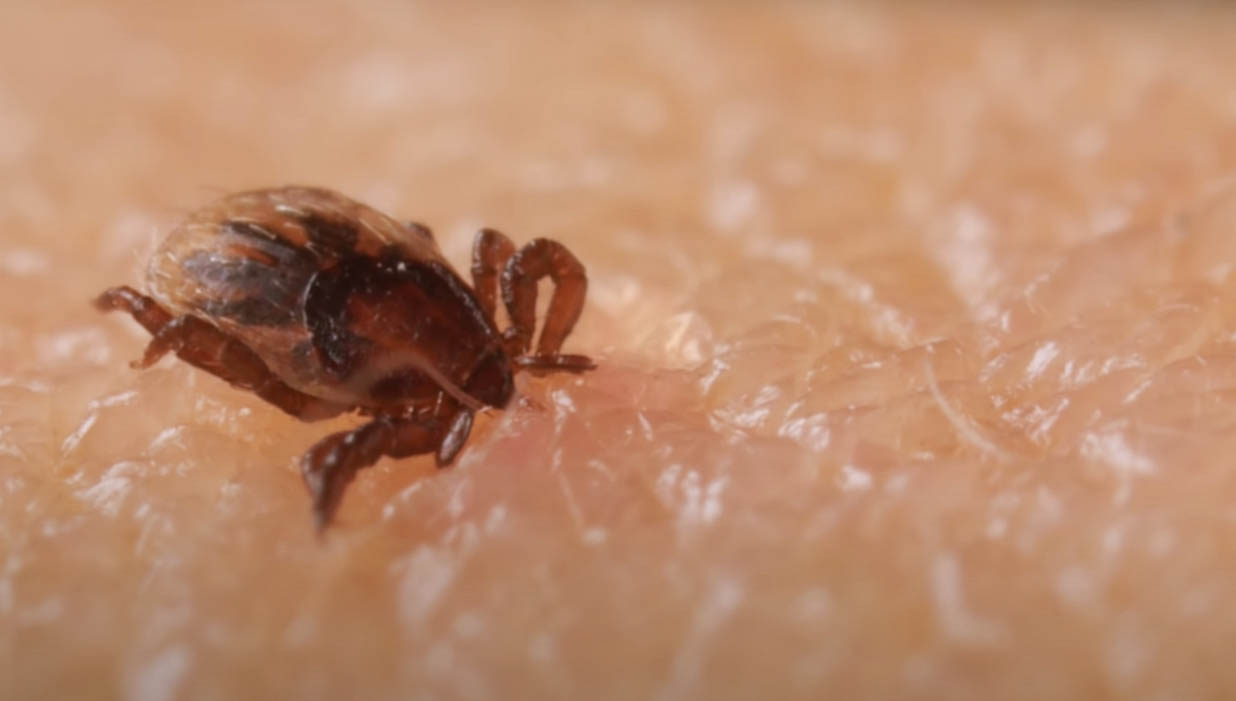
Vectors of Lyme disease
The blacklegged tick is the commonest vector of Lyme disease in the US. They go through four developmental stages, egg, larva, nymph, and adult. In the three later stages, blood is an essential part of their diet. The ticks get blood from hosts such as humans and other warm-blooded animals.
At the larva stage, when the ticks begin to need blood for their development, they climb to the top of grass and other vegetation to attach to passing hosts. When they take blood meals as larvae, they can pick up the pathogen of Lyme disease. The pathogen develops and is ready to be transmitted as the larvae develop into nymphs.
The nymph form of the ticks is thus the form that is responsible for the transmission of the disease. Adult ticks can also transmit Lyme disease. The nymphs are specially adapted for the transmission of Lyme disease because of their small size.
Ticks need to be attached to the host for some time, about 36 hours to 48 hours, before they can transmit the pathogen into the bloodstream of the host. The nymphs are more adapted to achieve this because they can easily remain attached for long periods undetected. The adults are more likely to be detected and removed.
Since the ticks need to be attached for a while before they can transmit the pathogen, finding a tick attached to you or your pet’s skin does not mean that an infection has occurred. The chances of the infection are higher when the tick is fully fed and engorged. However, the use of prophylactic antibiotics, on discovering a tick attached to the skin is advised.
Symptoms of Lyme disease
Lyme disease causes symptoms after about one week. It takes an average of one to four weeks for the symptoms of the disease to develop. A characteristic feature of Lyme disease is the red rash which expands over time. The rash typically starts at the bite site and can spread to other sites if proper precautions are not taken.
The disease also causes flu-like symptoms such as headache, fever, chills, fatigue, and muscle pain. Lyme disease can be managed effectively with antibiotics. However, the symptoms may continue for a few months.
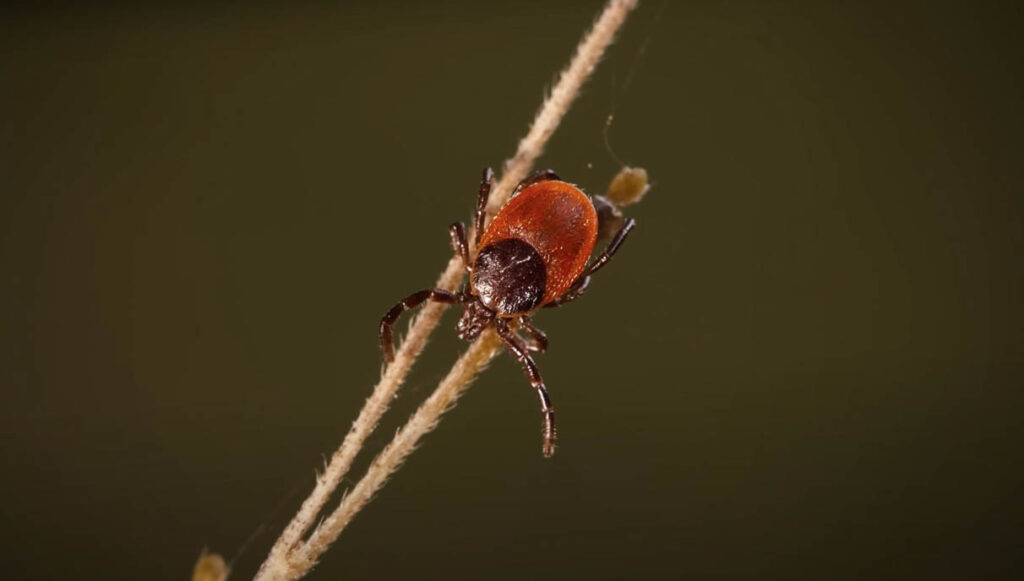
Ticks play a significant role in the transmission of Lyme disease. Research has indicated that the disease has no other established mode of transmission. Person-to-person transmission has not been supported by research.
Because ticks play an important role in the transmission of Lyme disease, the prevention, and control of tick infestations is important for managing the spread of the disease. A simple way to manage the spread of the disease is to destroy possible habitats of the critters. Tall grass will attract ticks to an area. By removing tall grass, you can essentially control the tick population in an area. Preventing tick bites by wearing protective clothing also helps to control the transmission of Lyme disease.

